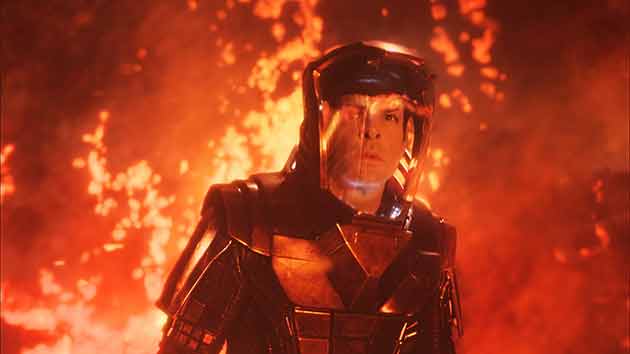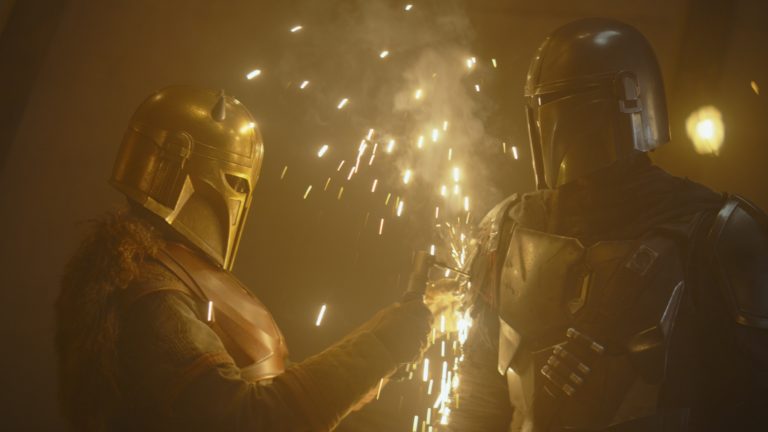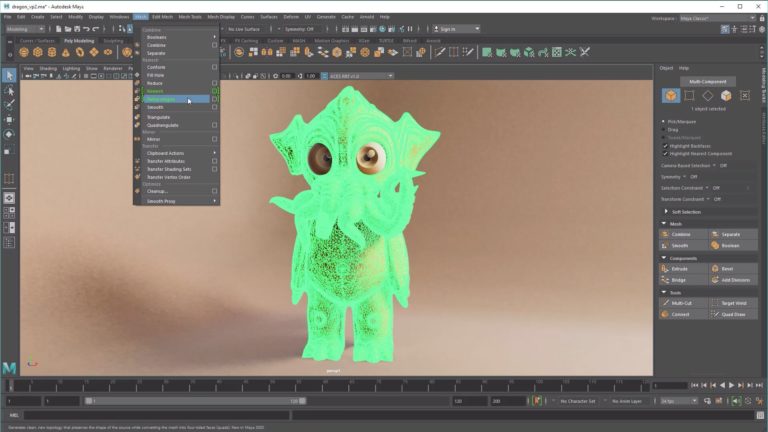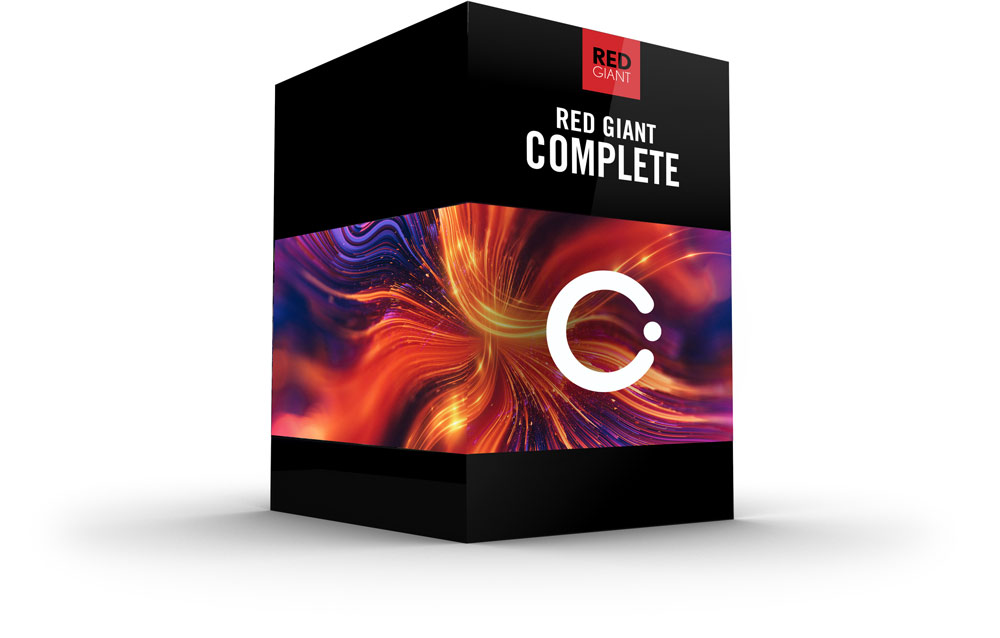Working with J.J. Abrams, Building More Realistic Lighting Effects, and Taking Notes from Trekkies
Three-time Oscar nominee Roger Guyett of Industrial Light & Magic again brought his experience as a second-unit director as well as a visual effects supervisor to director J. J. Abrams’ venture into Star Trek territory — and again brought home an Oscar nomination for best visual effects.
Guyett joined ILM to work as a technical director on the 1995 film Casper, the first live-action feature to star a CG character. He became a visual effects co-supervisor on Saving Private Ryan (1998), for which he won a BAFTA award. He has since supervised the visual effects on 16 films, including Star Wars Episode III, Mission Impossible III, and Pirates of the Caribbean: Dead Man’s Chest. Guyett has received four BAFTA nominations, for two of the Harry Potter films (The Sorcerer’s Stone and Prisoner of Azkaban), Star Trek, and Star Trek into Darkness, four Visual Effects Society nominations, and he won a VES award for Harry Potter and the Prisoner of Azkaban, for which he also received his first Oscar nomination. In 2002, Guyett was nominated for digital effects artists of the year by the AFI. He is currently in pre-production as the visual effects supervisor for Star Wars: Episode VII.
Guyett shares his Oscar and BAFTA nominations for Star Trek Into Darkness with visual effects co-supervisor Pat Tubach of ILM, visual effects supervisor and Oscar winner (Hugo) Ben Grossman of Pixomondo, and special effects supervisor and Oscar winner (Benjamin Button) Burt Dalton. The Paramount Pictures film also received three VES nominations, for Outstanding Visual Effects, Models and Miniatures, and Models.
What does this third Oscar nomination mean to you?
It’s amazing. It was a big year for visual effects, and it means more to me because of that. I think it was one of the strongest bake-offs I can remember. You watch all that work and it’s amazing how fantastic it all is. And there were so many films with huge visual effects that didn’t make it – I’m thinking of White House Down, Oz, Man of Steel. I was very honored to make it to the bake-off. And then to be recognized by your peers, the people in the business who really understand what goes into the work, that’s an honor.
Why do you think they honored Star Trek?
The films were all great pieces of work, so why pick Star Trek? That puts me in an immodest position. There’s a lot of work in the movie, and a tremendous diversity of work, so in terms of sheer scale and technical challenges I think it’s significant. And I think it has a visual impact. We had an opportunity that we might not have had in other movies to create places and design worlds.
It’s easy to think of striking images in Star Trek. The red jungle, the blue and white warp space, Spock in the volcano, the black ship in the darkness….
That would be the thing I want people to walk away from the film with. J. J. [Abrams] found iconic moments, like the Enterprise rising out of the ocean, and gave us the freedom to design that space. He’s a very smart man and he’s great at creating those opportunities. The opening scene with that crazy red jungle and the plant things exploding, that was very interesting to put together visually. And in places like Kronos, we could bring a little more design into the way we chose to light those spaces. That’s something we can’t do in an absolutely photoreal world.
I’m proud of the work we did with San Francisco, with the ship coming into the city, the fight on the barge. Designing that city was an interesting challenge. Sometimes, places in these movies feel like concepts rather than places that could exist, but there has to be an honesty to it. We tried to build human elements into the design. That’s something J. J. [Abrams] imbued in Star Trek, that it’s about real people.
How long did you work on the film?
I bet it was close to two years. I got the phone call in 2011. They had a script, and I went to Bad Robot to read it. Pretty soon we were off and running. By the end of 2011, they had a production office set up, the production designer was at Bad Robot developing ideas, and Halon was doing the previs. We started shooting in January 2012.
You were a second unit director on both Star Treks. Does that affect your role as visual effects supervisor?
It gets me a little closer to the way the movie is actually constructed. I have to think in a broader sense: what is the storytelling of the shots? You’re constructing the film one level up, not just executing the work. So that gets me in close conversation with J. J. [Abrams], connecting with him at a slightly different level to know what we need out of those beats, why I am photographing what I’m photographing.
The other thing is that once when you’ve constructed that element of the movie — photographed the scene — you’re very familiar with the camera move. So much of Star Trek is constructed in post — a huge component of the movie is digital — and it helps me when I’m working with [animation supervisor] Paul Kavanagh on camera moves. I get a real rush out of shooting stuff on set and working with actors, and then at the same time, I immensely enjoy constructing the movie. With both, you’re constructing the images that make the movie; it’s just that the tools are slightly different. Sometimes you’re working with a real camera, sometimes digital. They’re all shots, you know.
With so much of the film digital, did it ever feel like you were creating an animated film?
When you think of the run time of the digital shots, it’s shocking, but people are watching the movie because of the storytelling and the characters. The actors are so front and center. I think that’s the real success of the reboot J. J. [Abrams] created. It’s a great ensemble cast. I never felt like I was making a Pixar movie.
Star Trek Into Darkness was your third film with Abrams, and now you’ve signed up to work with him on Star Wars: Episode VII. It must be a good collaboration.
It’s a joy to work with J. J. We’ve gotten to know each other very well over the years. He’s someone who has a tremendous level of creativity yet he enjoys collaborating with people. He enjoys other peoples’ ideas. People respond well to that freedom. He gives you the opportunity to fail, but also to succeed.
What changes did you make for this film after working on Abrams' first Star Trek?
In this second movie, we got the opportunity to take the audience deeper into the ship, [and] into the characters’ lives. Ben Grossman led a team at Pixomondo who did significant portions of the movie — the Kronos attack, the conference room, Kirk fighting to get the core back online. And they created shots inside the ship. We have a giant atrium in the middle of the ship that we got to explore in detail. Atomic Fiction with Kevin Baillie did well over 100 shots, too. And our ILM studio in Singapore did a large proportion of the work.
Photo by ILM; courtesy Paramount Pictures
Did you have any Star Trek veterans at ILM on your crew?
We have a big Star Trek legacy at ILM, including some people who made the transition from the model shop. John Goodson is one of those people. It was interesting to talk to him about things they had done back then and why. That knowledge and depth of understanding about why you construct things the way you do is invaluable. And also, it’s a lot of fun.
Do you take notes from Trekkies?
I certainly enjoy having conversations with fans and I try to understand what they enjoy. But I have to say that I don’t pursue that overly. It could send you in strange directions if you tried to understand everything in relation to that genre. I feel that we’ve done a lot of things right, and I think we’ve probably broadened the appeal of the series.
Where do you see visual effects moving in the future?
When you look at the films in the bake-off, you can see so many areas where the visual effects have become incredible tools for filmmakers. Whether you’re creating the world of Sandra Bullock in Gravity, or the Old West of The Lone Ranger, the diversity is spectacular. The artistry of so many people involved in visual effects can take filmmakers in so many directions. It’s hard to understand what the boundaries are when we have specific, complex niches pushing those boundaries.
What do you mean by “specific, complex niches?”
For example, when we put Spock in the volcano, he was photographed as a real person in a real suit. So how do you make the environment feel more realistic? These days, we can match-move him into the scene and replay the lighting from the scene onto him. We built light sources into the lava simulation that Dan Pearson [CG supervisor] wrote because, in reality, that’s what would light the scene. A few years ago, we wouldn’t have been able to achieve that. Even the ships — the lighting models were more developed and more realistic. The level of destruction we achieved. We’re nudging all those boundaries. And then if you times what we did by all the projects happening, we’re nudging out more boundaries. Every filmmaker following behind reaps the benefit of these advances. The business is growing exponentially as we push all these technical challenges further.
Behind the scenes video courtesy Paramount Pictures
Speaking of technical challenges — can you tell us anything about your next project, Star Wars: Episode VII? Will it be the best one ever?
Best one ever? Of course we want it to be the best one ever. It’s a different time, though, isn’t it? All I can say is that it’s going to occupy a bright shiny spot in the world of Star Wars.











